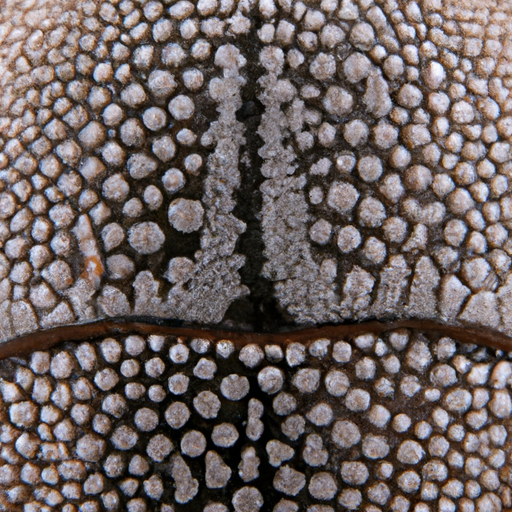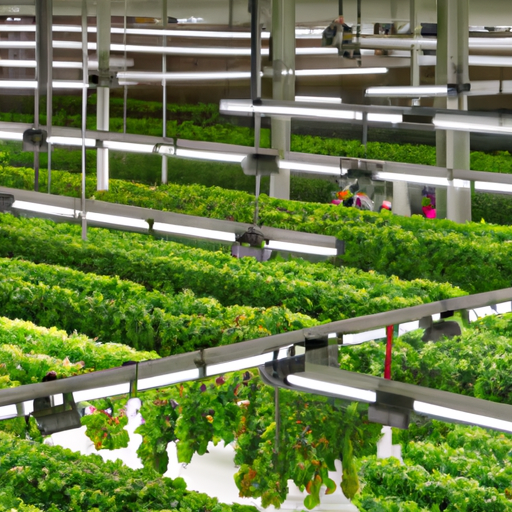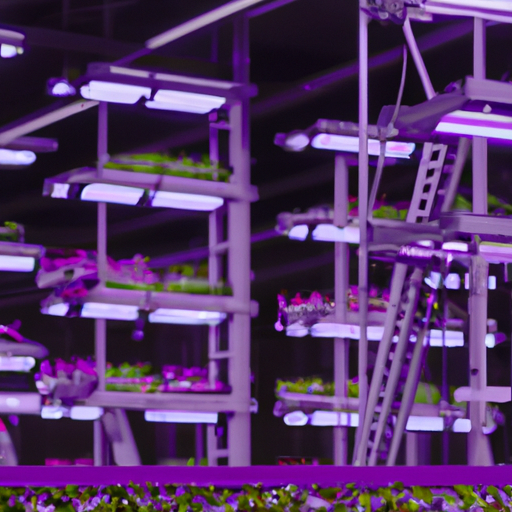Scientists are increasingly turning to nature's time-tested strategies to solve complex sustainability challenges. Biomimicry is transforming industries from architecture to clean energy with innovations based on biological systems. These nature-inspired designs are creating breakthrough solutions for climate change and resource efficiency.

The practice of biomimicry—emulating nature's time-tested patterns and strategies—is revolutionizing how we approach sustainable innovation across industries. As humanity grapples with unprecedented environmental challenges, researchers and designers are discovering that many of the solutions we seek have been refined by evolution over millions of years.
At its core, biomimicry is based on a simple but profound truth: nature has already solved many of the problems we are dealing with today. Plants and animals have evolved efficient solutions to complex challenges involving energy use, resource conservation, waste elimination, and adaptation to environmental changes. By studying and adapting these biological strategies, we can develop more sustainable technologies and systems.
One of the most striking examples of biomimicry in sustainable architecture comes from the Eastgate Centre in Harare, Zimbabwe. The building's design was inspired by termite mounds, which maintain remarkably stable internal temperatures despite extreme external conditions. The architects studied how termites create a self-cooling system through a series of vents and tunnels. By incorporating similar passive cooling principles, the Eastgate Centre uses 90% less energy for ventilation than conventional buildings of the same size.
In the field of renewable energy, scientists are studying photosynthesis to develop more efficient solar cells. The natural process by which plants convert sunlight into energy has been perfected over billions of years. New bio-inspired solar technologies attempt to mimic this process, leading to breakthrough developments in artificial photosynthesis and more effective solar panel designs.
Water management is another area where biomimicry is driving innovation. The Namib desert beetle has evolved specialized structures on its back that allow it to harvest water from fog in one of Earth's driest environments. This has inspired the development of new materials and technologies for water collection in arid regions, potentially providing sustainable solutions for water scarcity.
The transportation sector is also benefiting from nature-inspired design. Japanese engineers studied the kingfisher's beak when redesigning high-speed trains to reduce noise and energy consumption. The bird's streamlined beak allows it to dive into water with minimal splash, and applying similar principles to train design resulted in quieter, more energy-efficient bullet trains.
In materials science, researchers are developing new sustainable materials based on natural processes and structures. Spider silk, for instance, has inspired the creation of super-strong, biodegradable fibers that could replace synthetic materials. The self-cleaning properties of lotus leaves have led to the development of new coatings that reduce the need for chemical cleaners.
Waste management solutions are emerging from studying nature's circular systems, where nothing is truly wasted. Mycologist Paul Stamets has pioneered the use of mushrooms for environmental cleanup, developing methods of mycoremediation based on fungi's natural ability to break down pollutants and toxic waste.
The field of green chemistry is increasingly looking to biological processes for inspiration. Scientists are studying how organisms synthesize materials at room temperature without harsh chemicals, leading to more environmentally friendly manufacturing processes. This bio-inspired approach is helping reduce the environmental impact of chemical production.
Biomimicry is also influencing urban planning and landscape architecture. Cities are being redesigned to function more like ecosystems, with integrated systems for water management, energy production, and waste processing. Green corridors and urban forests are being planned based on natural patterns of species distribution and resource flow.
Perhaps most importantly, biomimicry is teaching us about resilience and adaptation—crucial lessons as we face climate change. Natural systems have evolved to be resilient through diversity, redundancy, and decentralization. These principles are being applied to make our infrastructure and communities more adaptable to environmental changes.
As we move forward, the potential applications of biomimicry in sustainable innovation seem limitless. From more efficient wind turbines inspired by humpback whale flippers to water filtration systems based on how kidneys function, nature continues to offer blueprints for sustainable solutions. The key is learning to observe and understand these natural strategies and adapt them to human needs while respecting ecological boundaries.



